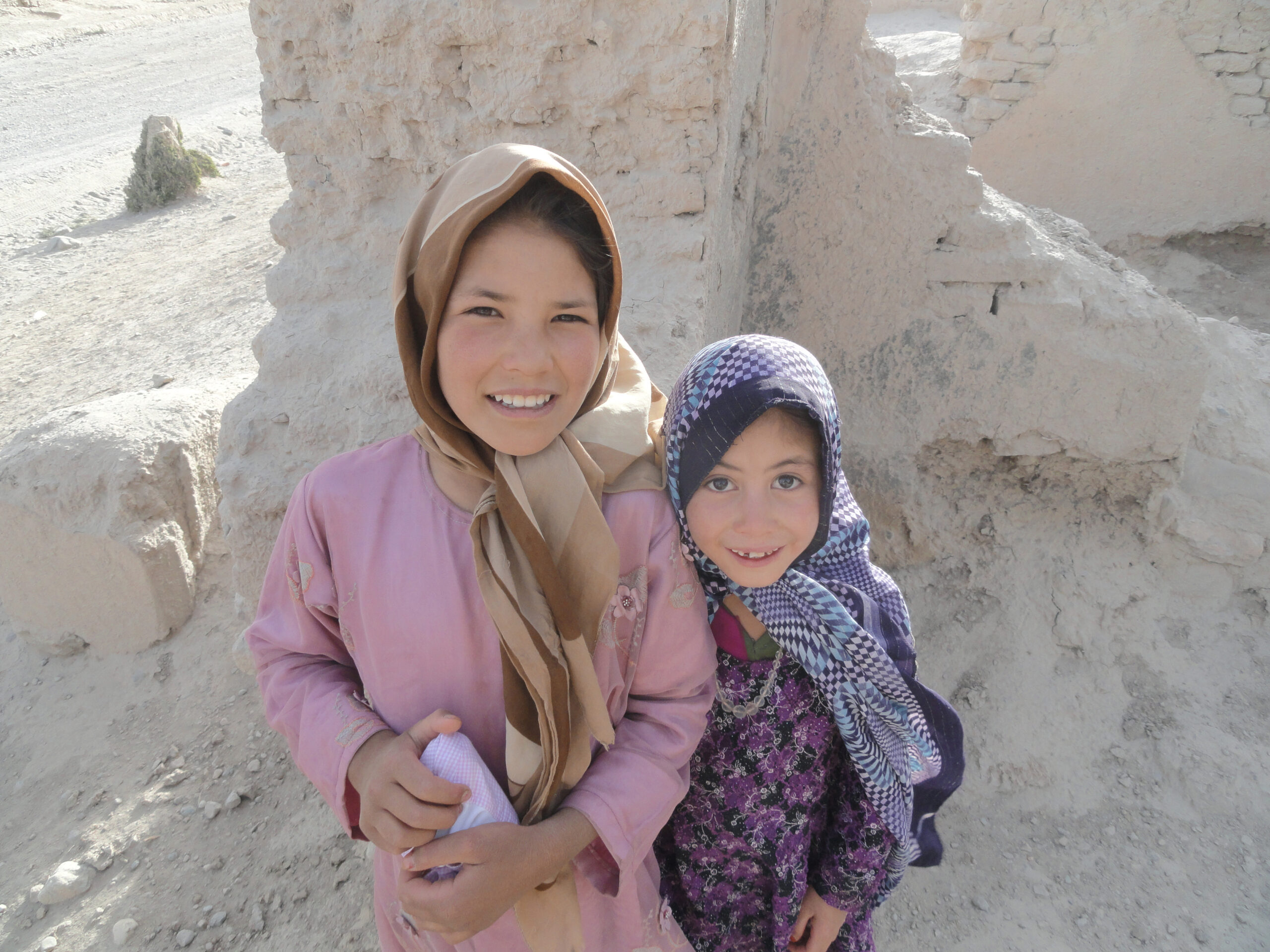Photo credit: Georgia National Guard
Context:
Nearly twenty years of war has had a devastating impact on children in Afghanistan. War casualties among Afghan children are on the rise, and nearly half do not attend school.
In the News:
“War has had a terrible impact on children in Afghanistan. After almost two decades of United States development efforts, with the hopes of helping the war-weary country take a path to stability and self-reliance, little has changed on the ground for children growing up today in Afghanistan. They are not safer. They do not have more rights. And they have never known peace. The truth is, living conditions in the country may be worse than when the “peacemaking” started in 2001.”
“We often see numbers and figures about the country in various survey findings, human rights reports and corruption indexes. But what do these numbers mean to Afghans? In 2017, 8,000 children were reported killed and hurt in conflicts from Syria and Yemen to Congo and Afghanistan. Afghan children account for more than 40 percent of the total. Casualties among Afghan children had increased by 24 percent in 2016. Beyond the physical cost is the mental toll of war. Almost half of children between ages 7 and 17, or 3.7 million, do not attend school, and the rate of out-of-school children has increased to 2002 levels. Girls account for 60 percent of this number. War has decimated the educational system in Afghanistan. Attacks on schools have risen, especially in conflict zones, which now are expanding. Operating schools in rural parts of Afghanistan face overwhelming challenges. Since the country has one of the lowest electricity usages in the world, students have limited access to basic in-class and out-of-classroom educational resources. These conditions make learning difficult, if not impossible.”
Insight from Peace Science:
-
- Long-term exposure to violence in Afghanistan over the past four decades has had a significant impact on Afghans.
- In response to the regular occurrence of violence in Afghan society, Afghans have expressed helplessness, fear, widespread insecurity, and traumatization but also have learned to cope by normalizing violence, desensitizing themselves from it, and integrating it into their daily lives.
- While “inquisitive” about the war landscape surrounding them, Afghan children have also developed a capacity for emotional numbing in the face of regular violence, including an ability to ignore the possibility of their own death.
- Afghans have demonstrated real resilience in the face of violence, attributed to their faith in God but also to the maintenance of routines and the yearning for a better life.
This research draws our attention to the lived experiences of war, something that is too seldom central to “our” deliberations about going to war. This must change. Making such considerations central not only humanizes the people who may be on the other side of “our” bombs and machine guns, heightening our awareness of the human costs of war, but it also forces us to better consider the “messiness” of war. Although it is tempting to think of war in purely instrumental terms, as a means that will lead to a desired end, the operation of collective violence is never that straightforward. Rather, as something that is experienced by real, complex human beings who can respond in myriad ways, violence can backfire and have unintended effects. “Our” use of violence can reinforce cycles of violence more broadly, particularly if whole generations have grown up in the midst of violence and have become both traumatized by and desensitized to it. In such contexts, it is less likely that violence will be experienced and reacted to as a clearly defined coercive tool and more likely that it will simply add itself to the mound of grievances already piled up on an aggrieved population—who may find new meaning and even resilience in reclaiming agency in the form of armed resistance. For all these reasons, attention to the lived experience of war brings with it a fuller, more realistic assessment of the ethics and utility of violence—whether its use is proposed in North Korea, Syria, or elsewhere.
References:
- “The Human Cost of War for Afghan Children” By Samira Abrar for Common Dreams. August 18, 2018.
- Peace Science Digest Volume 3, Issue 3: “The Lived Experience of Violence in Afghanistan”

